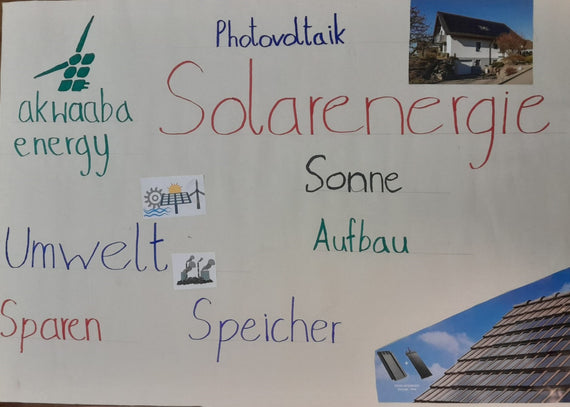Forget Tesla, Nikola and the others - in my view, the Netherland’s-based Lightyear could be the most game-changing car company on the planet. Why? Their first car concept, Lightyear One, is a hyper-efficient car with solar cells integrated into the bonnet and roof of the car - which means no need for an entire grid infrastructure to power electric vehicles.
Due to its efficiency, Lightyear One is self-sufficient for most of the year (and can be charged by a normal outlet at any other time ensuring it can be used without special charging points.) And thanks to the 4 in-wheel motors and air-suspension the car can also traverse both rough terrain and highways with ease.
While getting solar tech right involves a high degree of difficulty, the upside is huge should Lightyear pull this off - according to the Solar Powered Car Global Market Outlook report, while the current market was $0.68 billion in 2018, it is expected to reach $3.10 billion by 2027 growing at a CAGR of 18.4% during the forecast period.
I caught up with CEO Lex Hoefsloot and VP Marketing Tessie Hartjes to find out more about how this intrepid company is disrupting for good.
Afdhel Aziz: Lex, please tell us about the exciting journey so far with Lightyear - how it started and where you are now?
Lex Hoefsloot: The journey of Lightyear actually started several years before it was founded. In 2012 I founded the Solar Team Eindhoven and I wanted to compete with a 5-seater car in the famous World Solar Challenge, that takes place bi-yearly in Australia where all kinds of student teams compete with each other. The World Solar Challenge is a biennial road challenge covering 3,022 km (1,878 mi) through the Australian Outback, from Darwin, Northern Territory, to Adelaide, South Australia, created to foster the development of experimental, solar-powered vehicles.
We created the team for the University of Eindhoven, competed in 2013 for the first time and won in the Cruiser Class. Later on, the following teams also won in the cruiser class of 2015, 2017 and 2019.
After leading the student team, me and the other founders realised the potential of the concept and technology that they had for Solar Team Eindhoven. Not wanting to work for a company without purpose and combined with a “we are going to regret it if we don’t do this”attitude, we founded Lightyear in 2016. Currently, Lightyear is in the development process of its first solar vehicle: Lightyear One.
In Q1 of 2021 we will present a new prototype. That upcoming Validation Prototype, which is currently being produced, features all our matured, in-house technologies coming together for the first time. At the end of 2021 we aim to deliver our first car to one of our 125 clients that reserved Lightyear One so far.


Aziz: What an amazing journey! Thank you for sharing that. You’ve really solved one of the key problems for electric car owners like myself, which is range anxiety?
Hoefsloot: Yes, since the beginning that was one of the main drivers to start producing solar cars. Next to creating the most sustainable production car out there and putting less pressure on the growing electricity need for electric cars.
Our first car, Lightyear One, will have a range of 450 miles (725km), based on WLTP (Note: WLTP, which stands for ‘world harmonized light-duty vehicles test procedure’, is the global, harmonized standard for determining the range of fully electric vehicles).
This range can be driven on 1 battery charge, what you charge by the sun on your roof comes on top. Daily that can add between 24 - 37 miles extra on your range. We think that a car with this range and low energy consumption can be the key for a massive adoption of EVs.


Aziz: Even more remarkably - you’ve also eliminated the need for complex charging infrastructure - the car is the grid. Do you think this has massive implications for speeding up the transition to a carbon free world?
Hoefsloot: Yes. Several studies and our own studies tell us that as the adoption of EVs steadily grows, the need for an electric charging infrastructure will generate huge costs and some problems. For example the Netherlands has one of the most dense charging infrastructure, but still to upgrade it and to supply the demand in the near future, it will costs billions. This is ‘only’ a country with 17 million inhabitants.
So to construct a charging infrastructure will take a lot of time and money, for each country. When there are more EVs driving around in our cities and towns and need to charge, the electricity network and grid will need to be X times more powerful, to make sure that our ovens are also able to cook while half of our neighborhood is charging their EV.
Our concept is the beginning of something new in mobility and you can see it as the next step. Lightyear One and the next models still need to be charged every now and then, but it will be significantly less than other EV models and maybe we can even bring it as far as an energy-neutral car.


Aziz: Tessie, do you think your innovations can lead to social mobility?
Tessie Hartjes: Lightyear’s mission is to provide clean mobility everywhere and for everyone. First we are working on a car that can drive everywhere by making sure it doesn’t need any special charging infrastructure in order to ‘do its job’. For Lightyear One, having the sun and access to the electricity grid every once in a while is sufficient enough. That means we can provide clean mobility even in areas such as the developing countries where the infrastructure is not accounted for yet. We can leapfrog the charging infrastructure.
Then in order to make the car affordable and accessible we need to make sure we lower the purchase price of the vehicle. Here we have a competitive advantage as the battery is the most expensive part of EVs and in our case we have the smallest battery for the largest range. And we can scale much faster due to the lacking need for special EV charging infrastructure.
We believe we can deliver a car with a TCO of $0.19 per mile If we reach these low TCO levels then we will make solar cars affordable for many people that are currently unable to afford a car.
By providing not only a means of transport but also an energy source that is always around; we will not only deliver a car but also increased economic opportunity. I strongly believe this increased economic opportunity will then result in social mobility.


Aziz: How can people sign up for the first run of 946 cars (and by the way, I love the subtle reference to how a light-year measures about 9.46 trillion kilometres!)
Hartjes: It is possible to reserve one of the first 946 exclusive vehicles by making a pre-payment of €150,000 today. With this structure we make sure we will be able to deliver the cars while the customers as the cars are completely pre-financed. It makes Lightyear less dependent on incidental larger funding rounds.
Aziz: And rather innovatively, tell us how these buyers now become investors as well?
Hartjes: It is also possible to make a down-payment in the form of an investment. The customer will then get shares and once the car is about to be delivered we offer the possibility to ‘pay the car in shares’.
Once we will start delivering the cars we expect to have made a significant step in the valuation of the company. So by investing now we create a win-win; we are sure we can deliver the car through the pre-financing and if the cars gets delivered the customer hopefully now has shares worth a multiple of the purchase price of the car.
Aziz: Wonderful. Finally, Lex, are you open to licensing the technology to other electric car manufacturers to accelerate this even faster?
Hoefsloot: Yes. Our mission statement is: clean mobility for everyone, everywhere. We can try to reach that by developing super-efficient and sustainable solar cars. To speed up the process of reaching true clean mobility and transport for the majority of the world, we are willing to share some of our technologies with the right partners.





